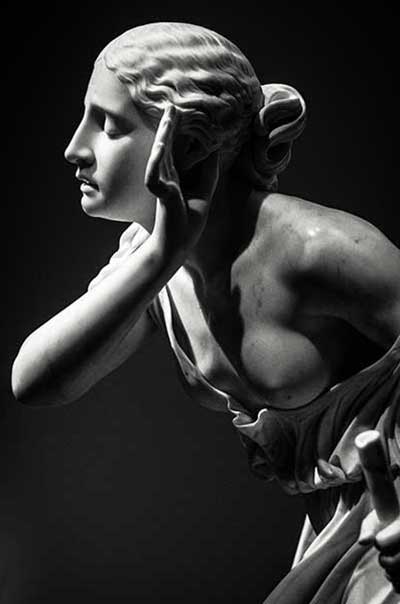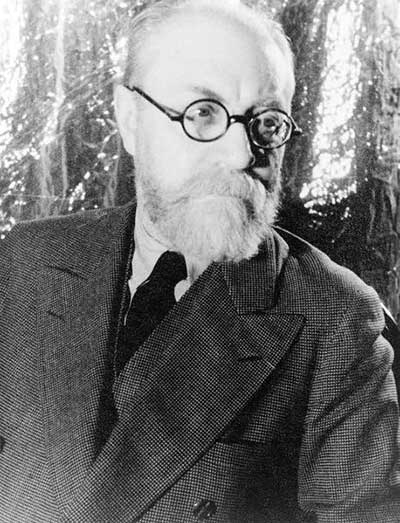
The Primitivism Of Henri Matisse
Primitivism appeared in not only Henri Matisse’s French Fauvism but also in his latest works, in his Paper Cut-Outs & Collages. Before saying something about his distinctive paintings, let me say a little about his childhood. Matisse’s early life was not so exceptional. He grew up in an ordinary but wealthy family of grain merchants with little interest in art, who wished their son to be a court clerk. Matisse abandoned his parent’s choice, disappointed his father and began focusing on artwork at twenty-one. Initially, he followed his artistic creation passionately but couldn’t take care of his family for a long time, while his wife was obliged to open a dress shop and struggled to make ends meet.
Matisse’s breakthrough was joining the French Fauvism’s movement. He started using bright and expressive colors that replaced natural tints, Impressed by Van Goch’s work and understood the innovative Vincent’s color theory, which impacted his works and had stylistically changed his techniques. After the artistic societies recognized him as a fauvist artist, his financial position improved.
Landscape and still life, human figures and portraits, were the themes of Matisse’s work. He displayed them as his favourite subjects with bold and simplified forms, supported by geometrical and robust backgrounds. His volumic paintings fragmented by solid sculptural shapes and heavy contours defined few shadows and fewer details. The union of shocking colors and brute lines surprised his viewers and made him one of the greatest Postimpressionists of modern art.
Primitivism influenced his works by travelling to African countries such as Algeria and Marroco. He studied Moorish art in Spain and became interested in Islamic art. Recalling the patterns of rugs, textiles and ceramic works of those countries and reflecting them in his masterpieces are the traces of those influences. [1]
Matisse met Pablo Picasso, who was younger than him, in 1904. Their works were entirely different, but both became the masters of visual art of the 20th century. Matisse and Pablo gathered on Saturdays evenings, with painters in Paris such as Georges Braque, André Derain, and Henri Rousseau, to exchange their creative genius views. Matisse was the most socialized artist of his day, interested in building great social networks among his followers, viewers and other contemporary artists. He benefited from his friendship with the art collectors who supported his work and generated more confidence and understanding in artistic societies.
henri Matisse Primitivism in Paper Cut-Outs & Collages
Tragedies overshadowed the personal life of Matisse. During the war, his family were active in the French resistance. His wife was prisoned as an activist against the Nazi’s. His son helped the Jewish community, and his daughter was arrested and tortured by Gestapo. He lost one of his closest friends named Levy, the German painter in Auschwitz. His family life was also disordered and in crisis. After the war, Matisse’s wife Amélie ended their lang-lasting marriage because of his husband’s love affair.
In the final years, Matisse had cancer that prevented him from working as usual. He sought new mediums like paper cut-outs and collages to express his artwork and worked with simple materials such as papers and a pair of scissors to form shapes and his compositions. He approached any new technique that permitted him to carry out his work. As the same fact, the painter also entered the world of lithography and publishing prints and illustrations.
One of Matisse’s last works was the Chapelle du Rosaire de Vence, where he designed the stained-glass windows, the altar, the interior work and the wall decorations. He did his final art with Sister Jacques-Marie, who supported him at the end of his notable life. [2]
Get more information on this overview page.
Text: Lalerou
© Copyright. All Rights Reserved
1-Watkins, N. (2017, August 9). Matisse’s studio: “an interior world of his own making.” RA. Retrieved February 26, 2023, from https://www.royalacademy.org.uk/article/ra-magazine-matisse
2- Henri Matisse and the Chapelle du Rosaire – Musée Matisse de Nice. (n.d.). Musée Matisse De Nice. Retrieved February 27, 2023, from https://www.musee-matisse-nice.org/en/the-artist/matisse-and-the-rosary-chapel/
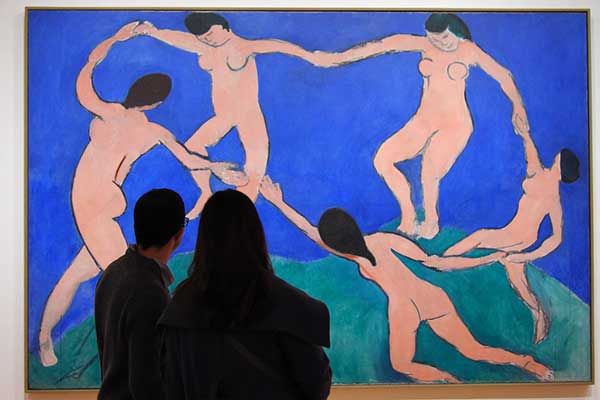
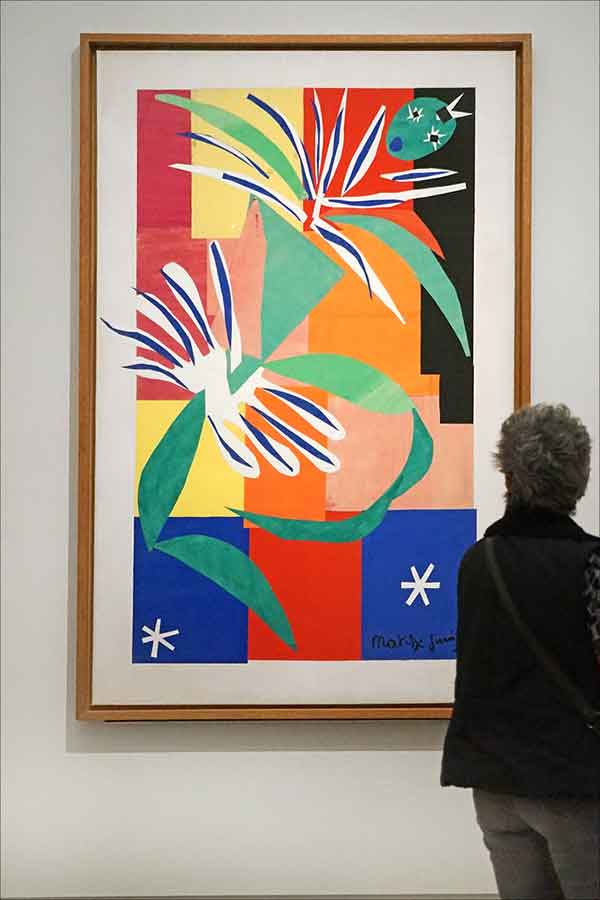
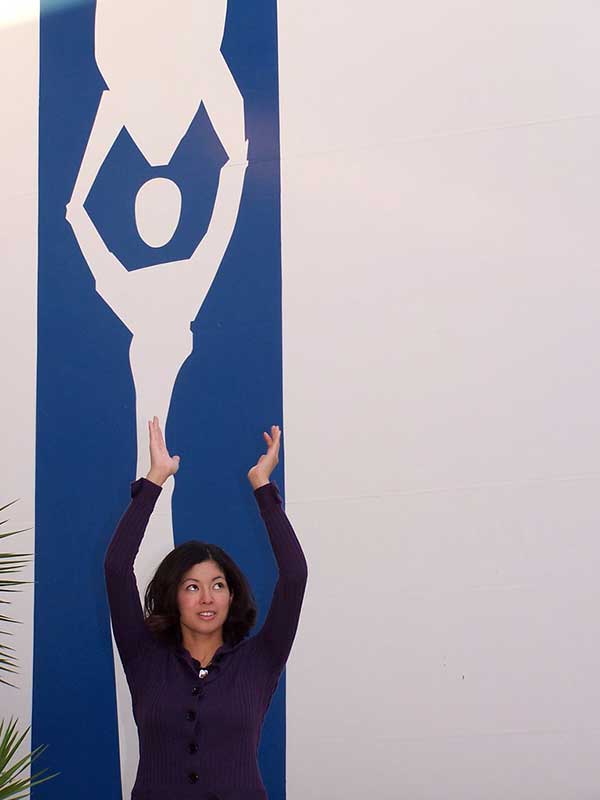
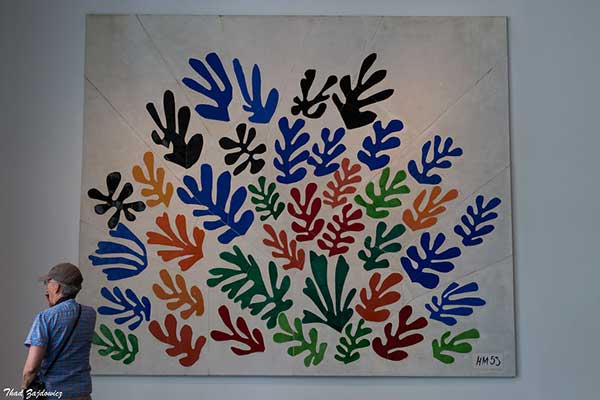
- Category: Modern Art Styles In Painting
Vintage
Vintage
Ornamental
